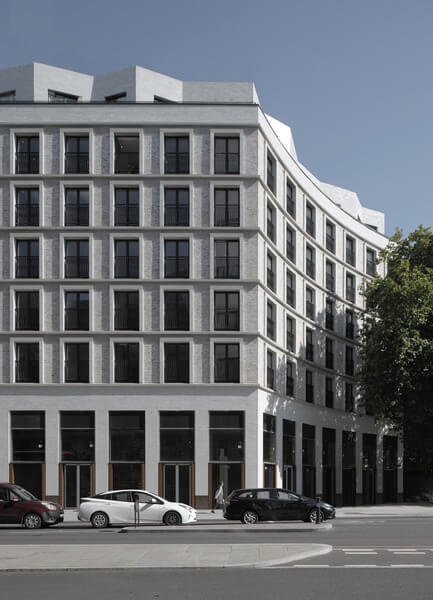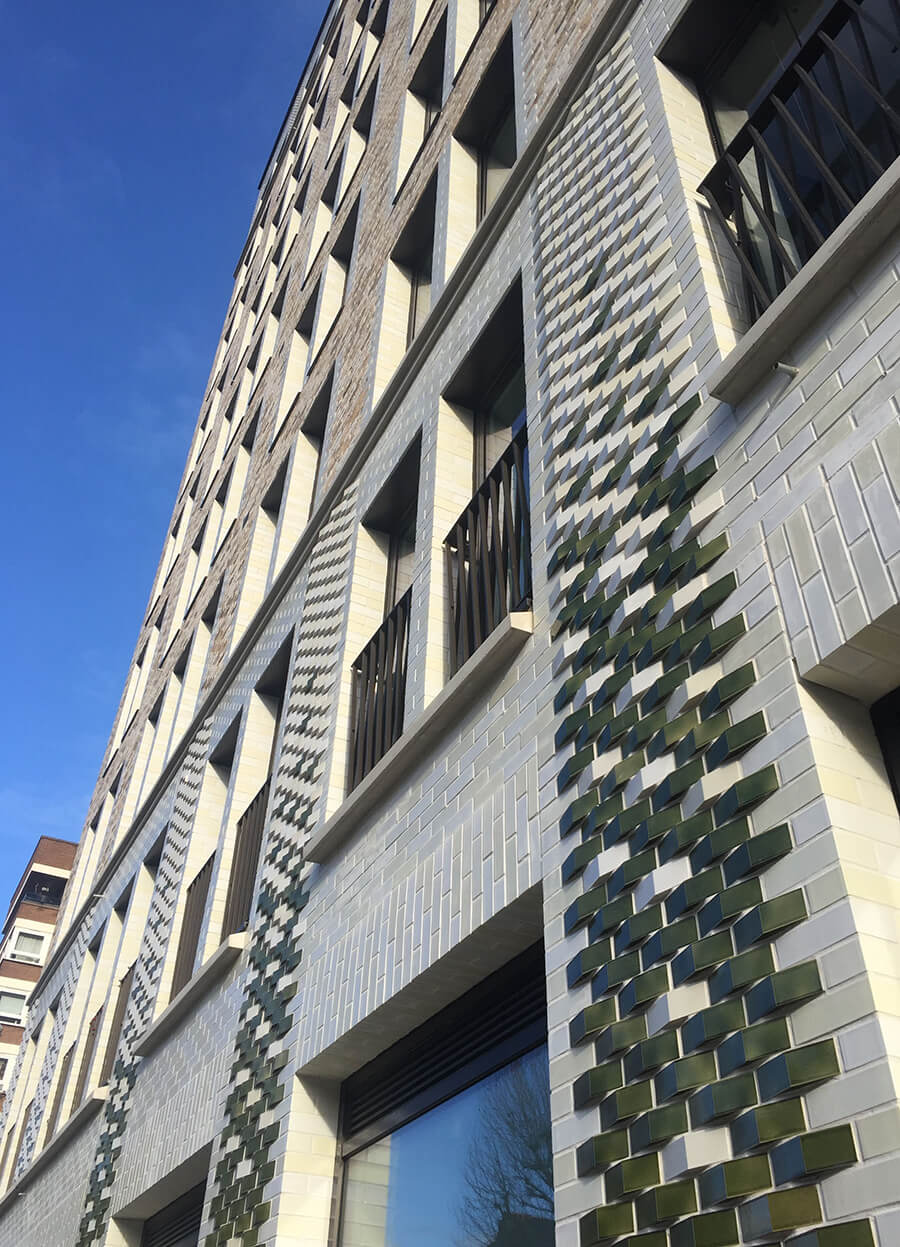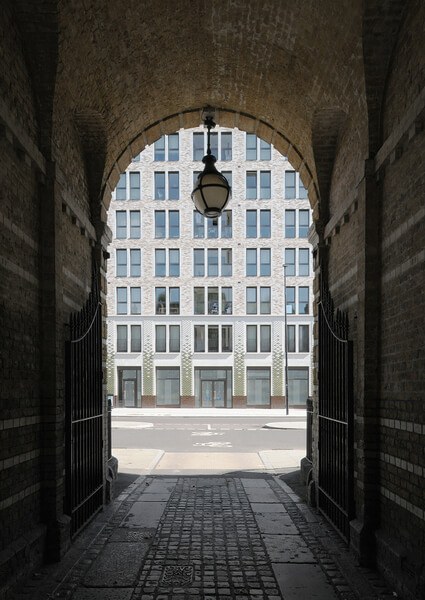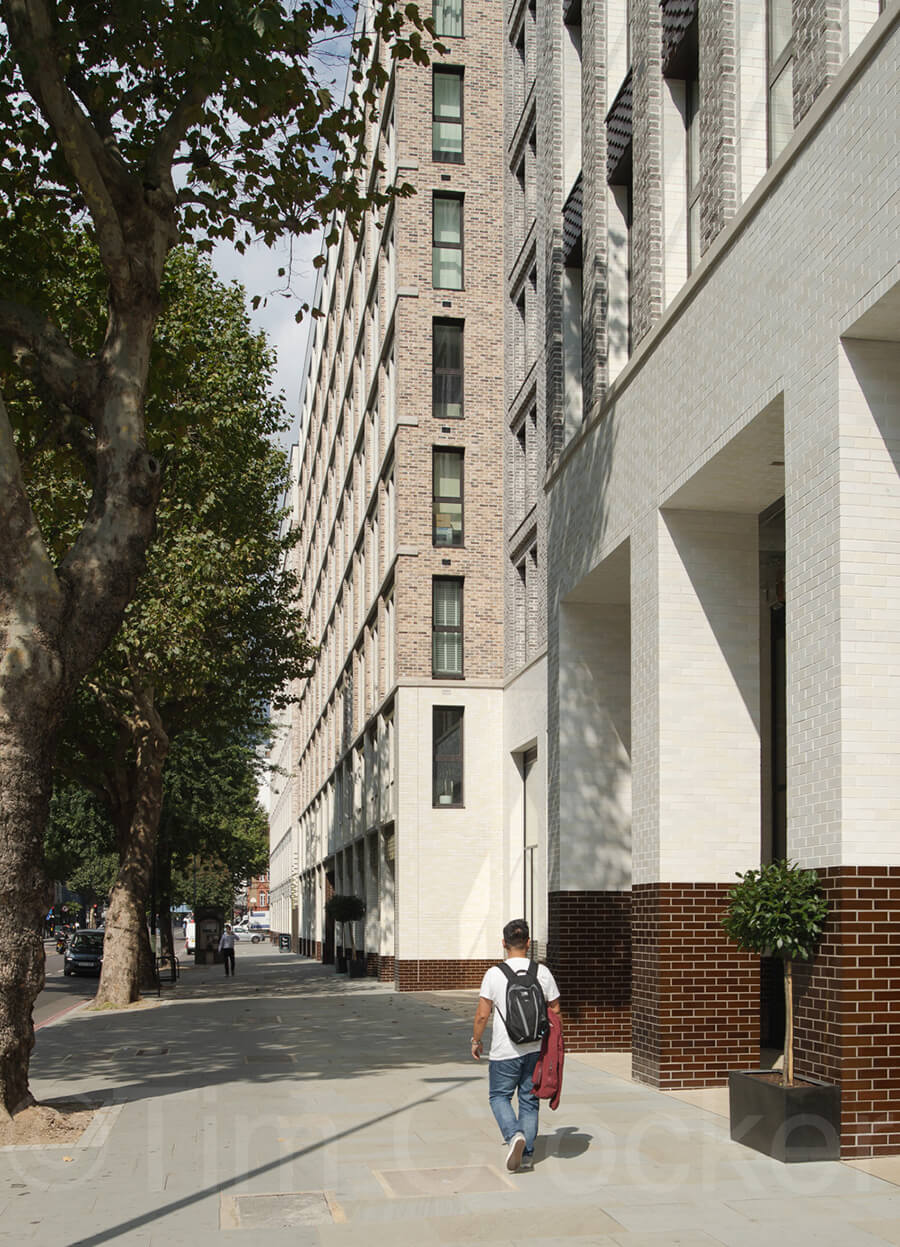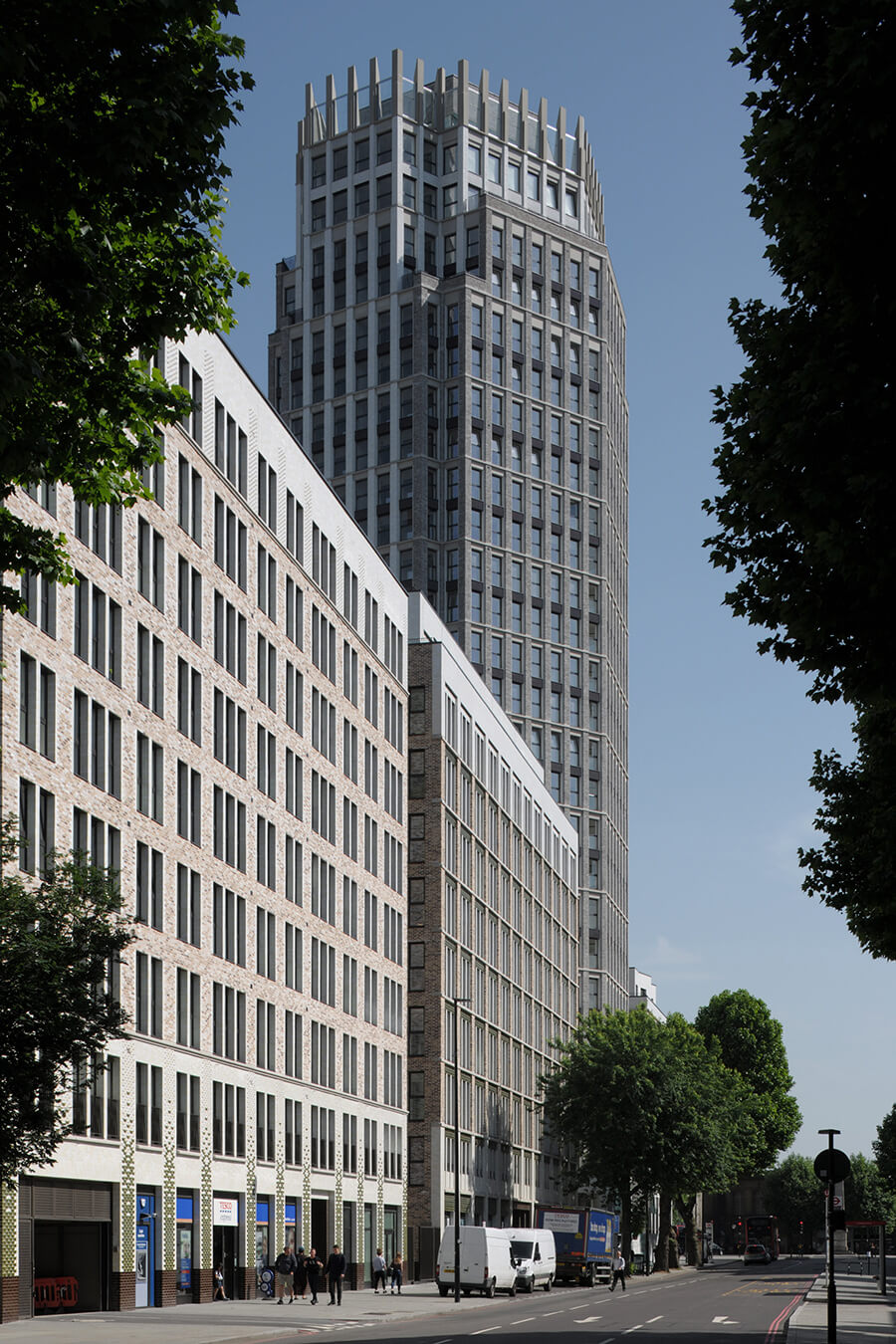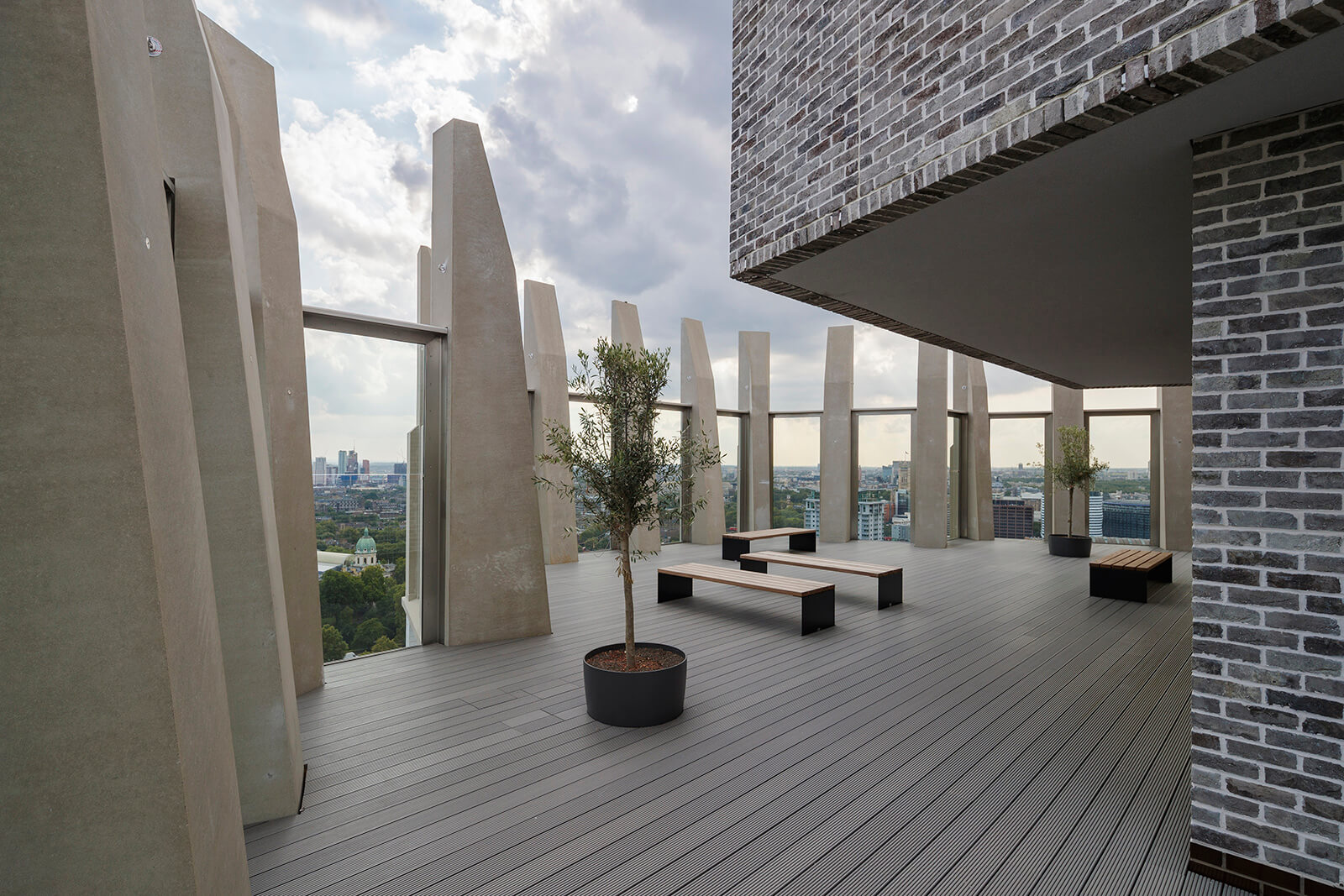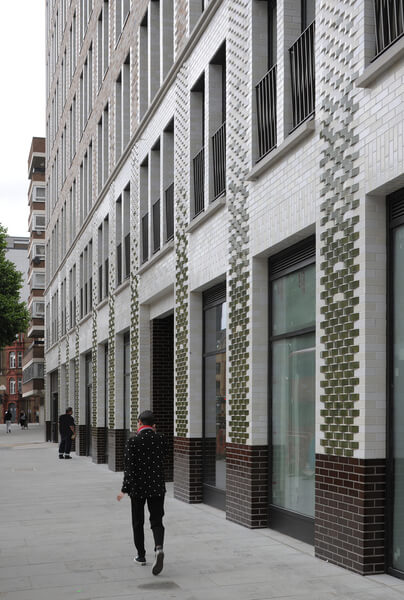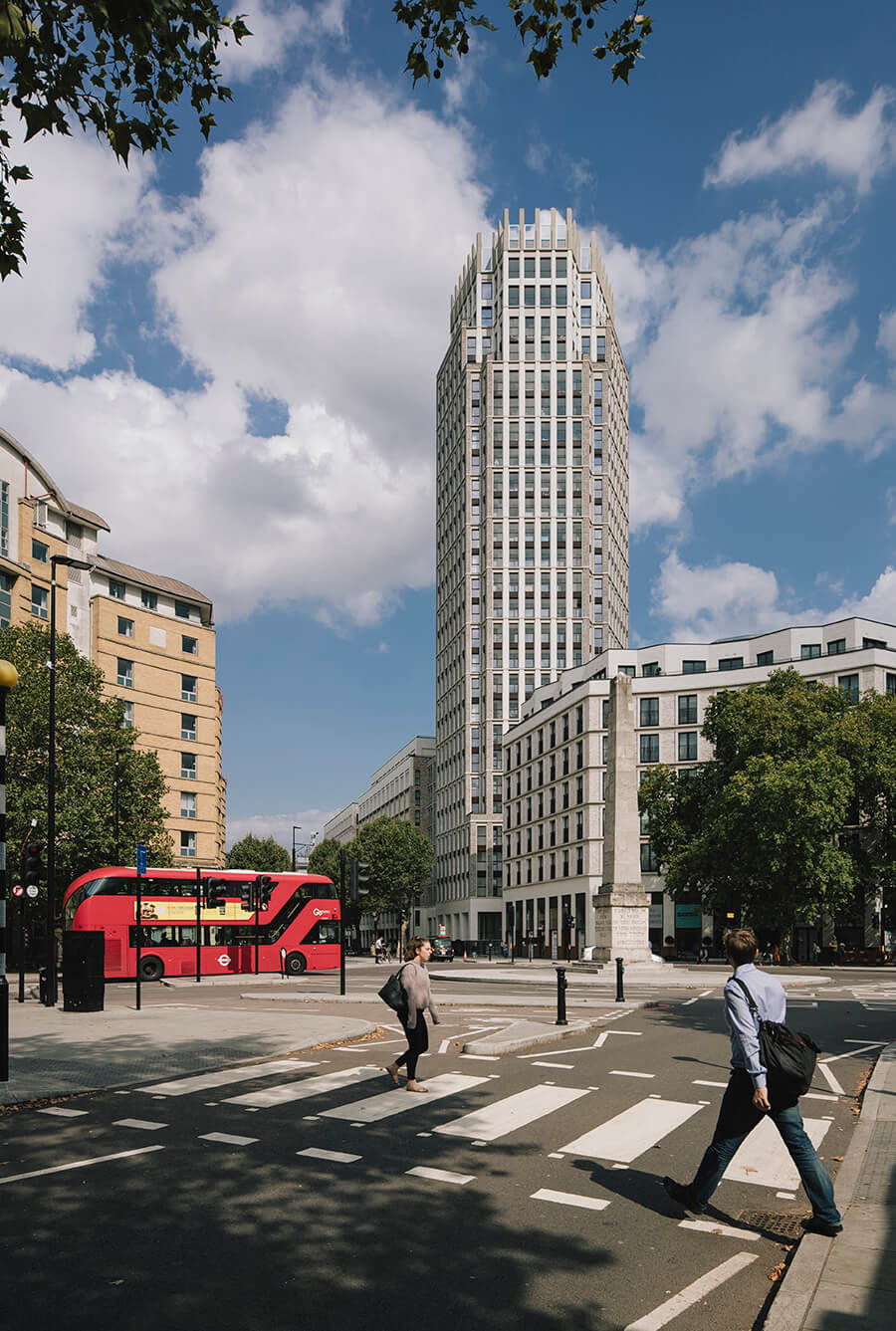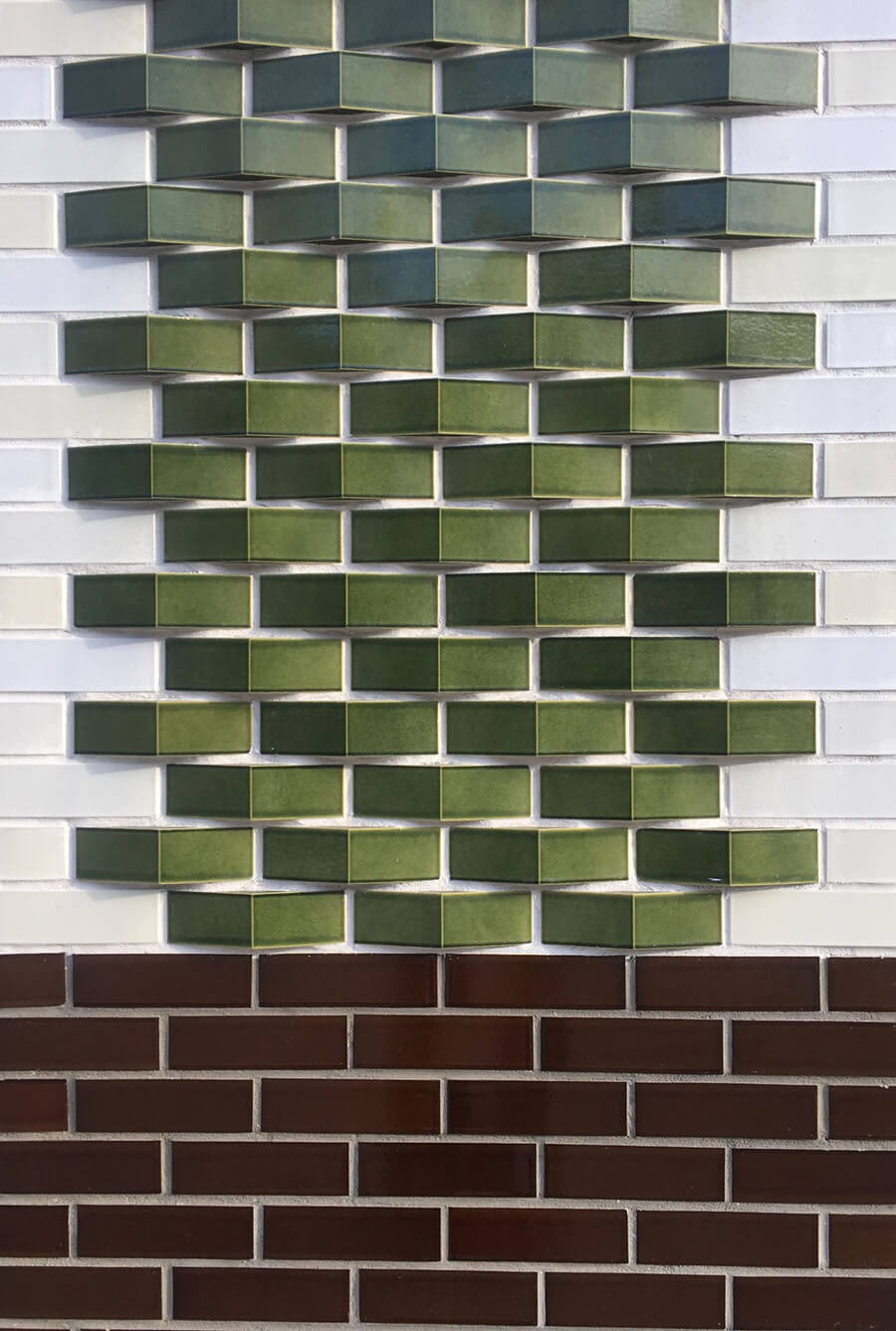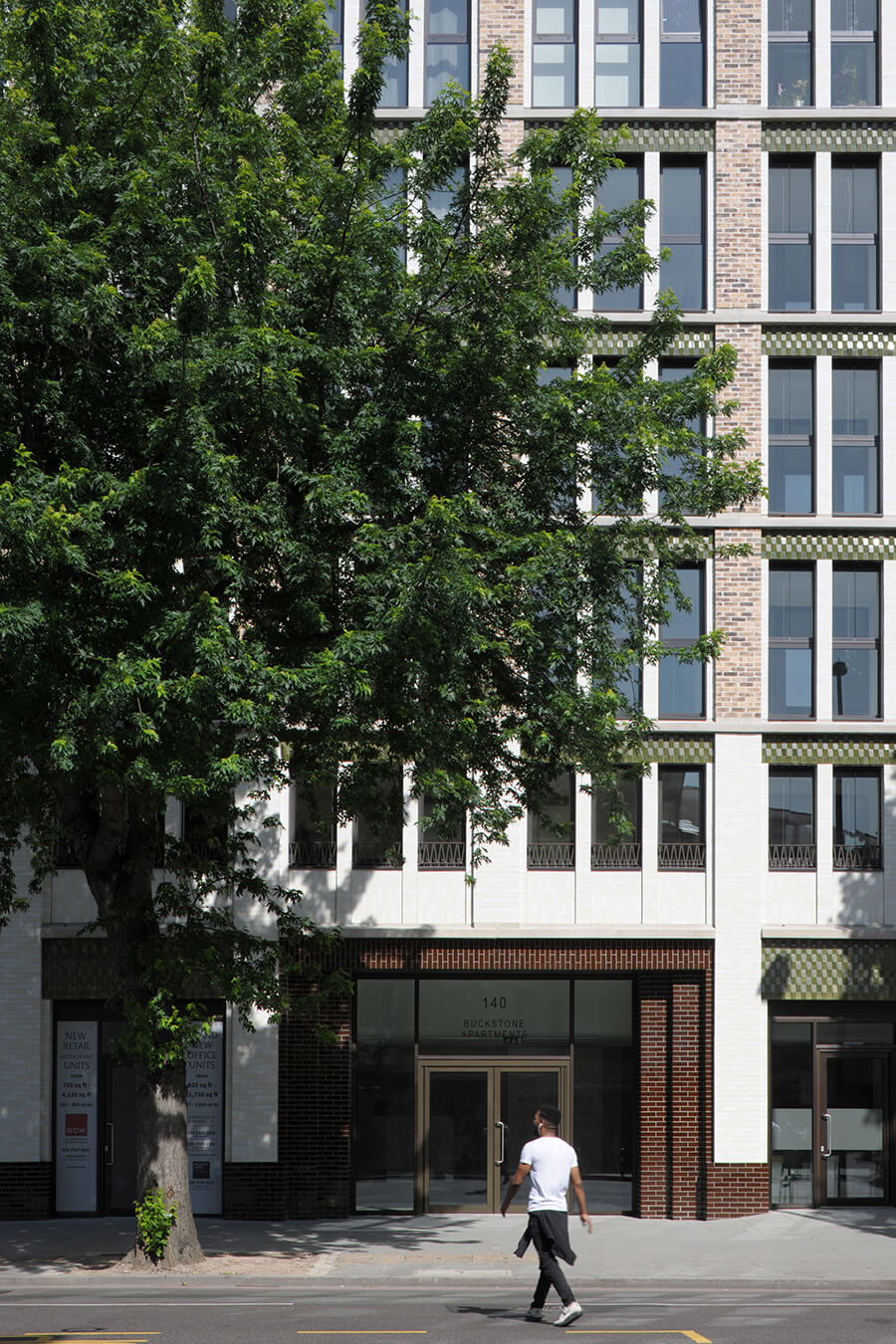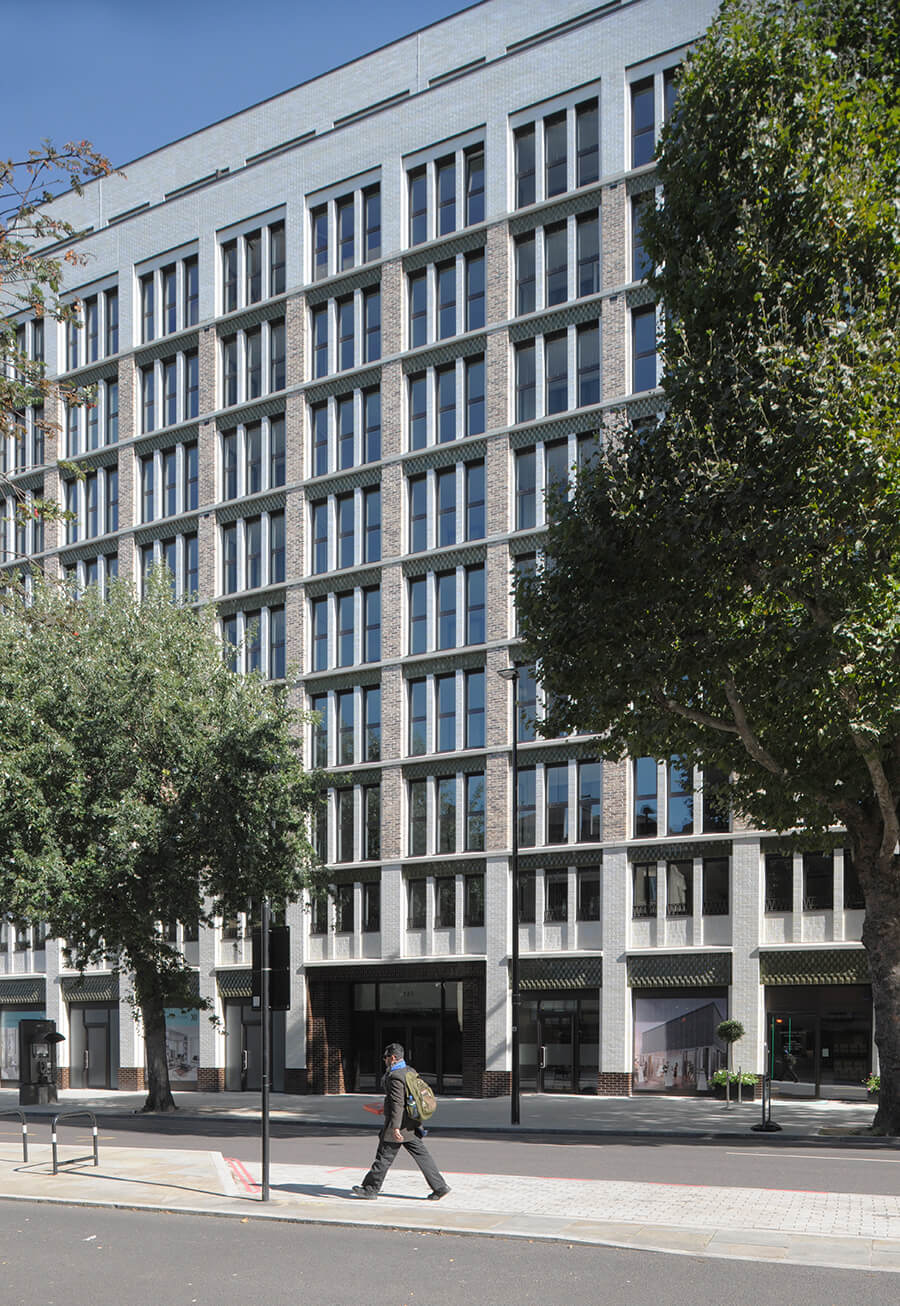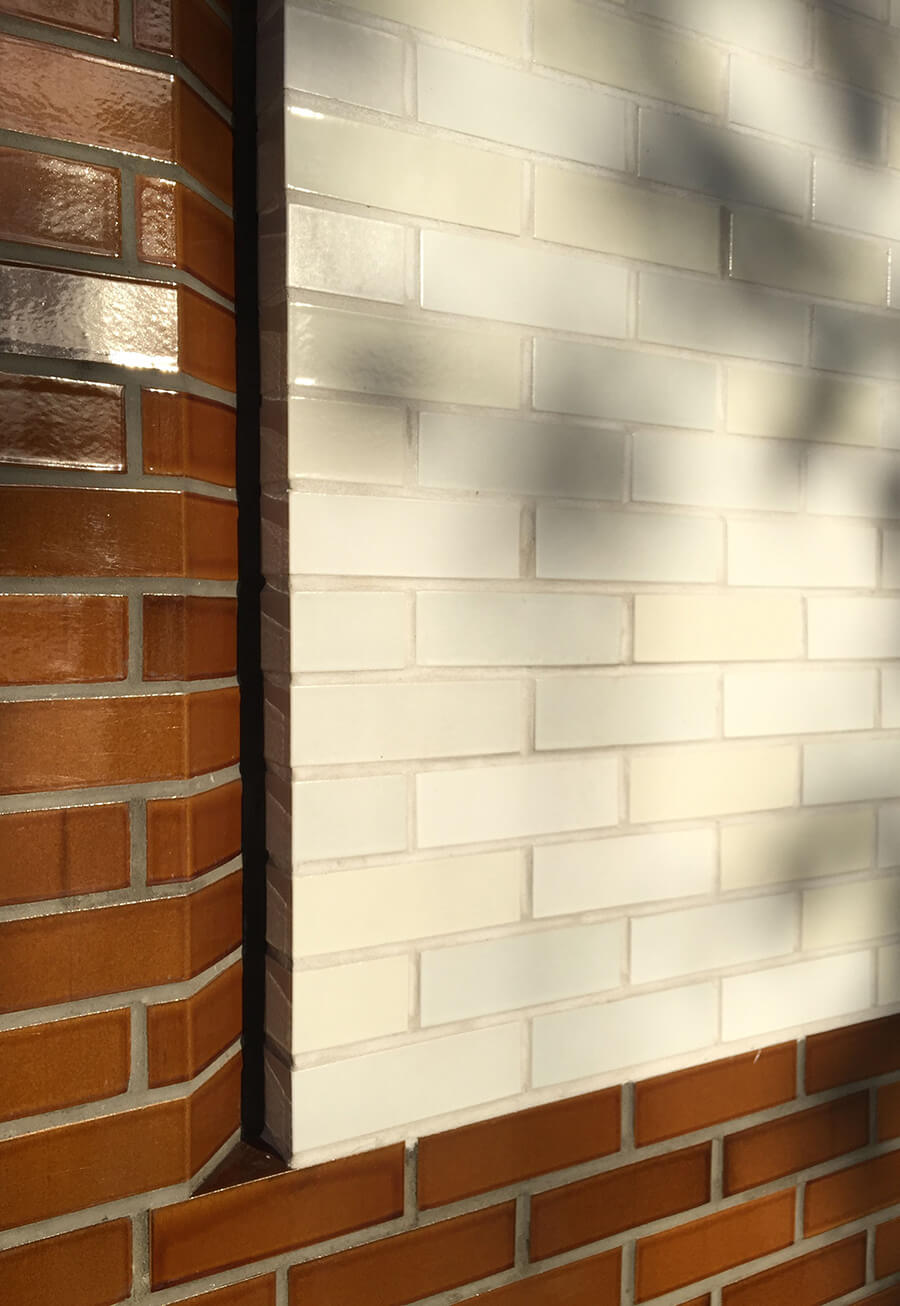Black Friars / Maccreanor Lavington
Black Friars / Maccreanor Lavington
Description
The development is located at St George's Circus in Central London, a strategic node, a focal point for connectivity, marking the confluence of 5 major routes to river crossings at Lambeth Bridge, Westminster Bridge, Waterloo Bridge, Blackfriars Bridge and Southwark Bridge. It comprises five mixed-use buildings, including a 28-storey residential tower, and a significant amount of public space, transforming St George’s Circus into an active node, forming a new destination for high quality local retail, eating and leisure activities and creates a generous neighbourhood public space.
A contextual response to both heritage assets and the St George’s conservation area has guided the development of the massing strategy and the layout of the site throughout the design development. The façades have been designed to operate at different scales; urban, building and dwelling simultaneously.
The defining reference for the façade strategy along Blackfriars Road is the classic London warehouse, which couples larger building volume to refined elegance. In addition, this typology of urban architecture ensures a tenure blind façade quality and prevents a predominately domestic character defining the principal urban elevations. The façades to St George's Circus reflect a formal reading of the neighbouring Duke of Clarence, in particular the concave façade towards the Circus and the obelisk, the adjoining arms and its Georgian architecture with the strong banding and framed windows.
Materiality
High quality, durable materials with simple, crisp detailing ensure that the buildings will mature gracefully, become richer and look better with time. Residents will be investing their futures in this area, and the development needs to be a desirable and robust environment which will maintain its attractiveness and value. Each block has a separate palette of external materials but with elements in common. All façades utilise a variety of bricks as the primary material, while precast concrete elements such as lintels, sills, floor bands and copings enrich the modelling of the façades.
Dark, smooth brickwork is utilised to express the lower base as a typically urban, robust and distinguished, plinth. In contrast, white glazed brickwork is utilised in order to lighten and define the upper section of the two-storey plinth. The proportion and detailing between the two types of brickwork differ per block; responding to their respective characters and urban roles.
White glazed brickwork also plays an essential role in the detailing of the window openings and parapets and is a key tool in distinguishing the character of the four blocks along Blackfriars Road. It is also used on the setback top floors to lighten their appearance and reduce their apparent impact. The mixed grey brickwork extends into the business courtyard, granting this space a calm and elegant quality. Mortar is varied from building to building, in colours which harmonises the differing types of brickwork.
All window and door frames, and all architectural metalwork including balconies are in bronze-coloured metal, which is a subtly different shade on each building to complement their varying brickwork tone. The facade of the tower comprises continuous piers of either white glazed or dark grey bricks and spandrel panels of faceted dark grey glazed bricks. The concentration of white bricks on the narrower southern and northern elevations emphasises the intentional orientation of the building towards the obelisk.On four of the five buildings, faceted brickwork is proposed. These special bricks create a texture on the surface of the buildings and fascinating patterns of light and shade, enriching the façades and provide visual interest and detail.




